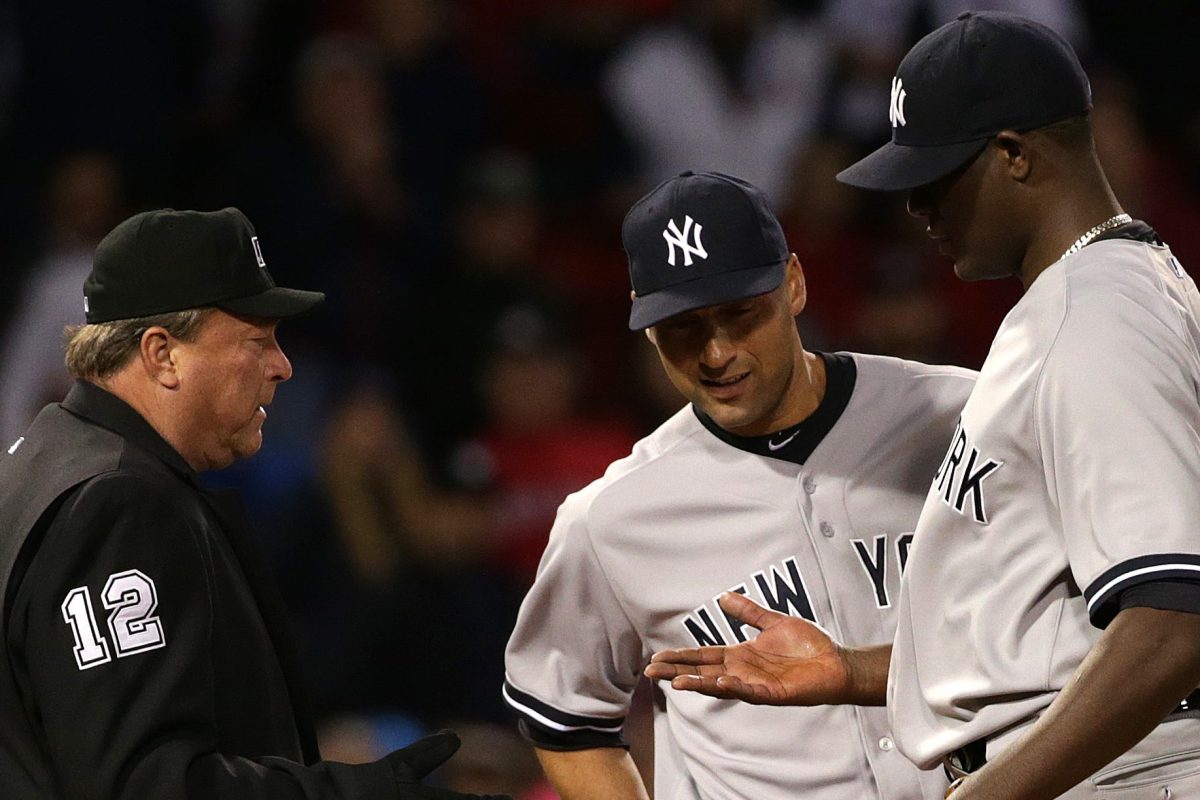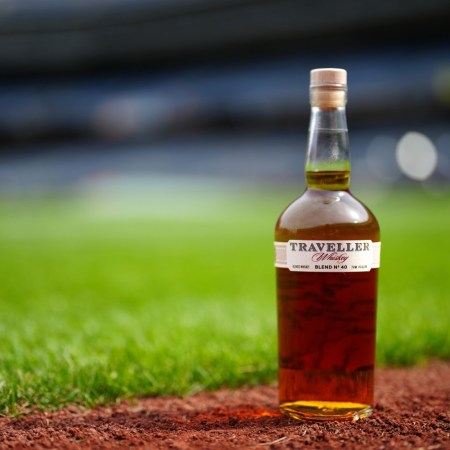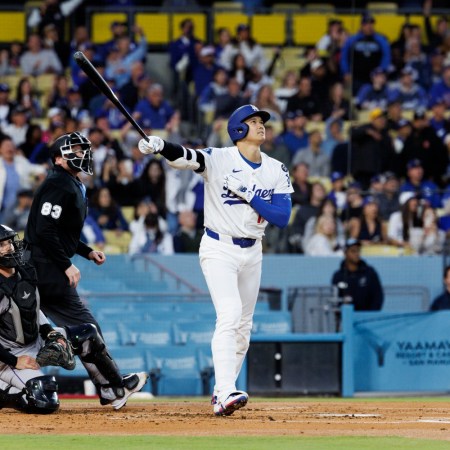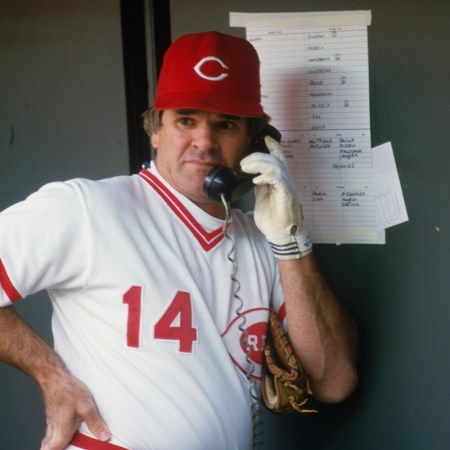Starting in the 2021 season, Major League Baseball is going to begin using a next-gen statistic to try to identify pitchers who are employing an old-school method of cheating.
In an effort to crack down on pitchers using foreign substances to doctor the baseball, MLB plans to use Statcast data to analyze increases in spin rate, according to The New York Post. Pitchers who are suspected of doctoring baseballs in the past will be targeted specifically, The Post has learned.
From pine tar to sunscreen to rosin, MLB pitchers have a long history of using foreign substances to enhance spin and movement on their pitches in order to make them more difficult to hit. Baseball has made more of an effort in recent years to try and crack down on this longstanding practice, but employing Statcast data to monitor an analytic like spin rate takes things to a whole new level. Statcast will also compare spin-rate data from a game to a pitcher’s career norms.
MLB’s Statcast system tracks the velocity, spin and movement of every pitch that is thrown in a game and is capable of determining if, for example, a pitcher’s curveball had more revolutions with a runner on second base in the sixth inning than with no one on in the first. With some estimating that 70% of pitchers use a sticky substance to mess with the baseball, MLB getting serious about fining, ejecting and suspending aces who doctor the ball could have some major implications.
“A memo to teams was planned for this week with the league saying it is back on the case of trying to dissuade foreign-substance usage,” according to The Post. “This could have seismic impact. There are those who believe that some organizations have worked to develop substances to help entire staffs improve their stuff, and that removal could lead to a significant decline in performance.”
ESPN’s Jeff Passan has some details about MLB’s planned memo.
In addition to spin-rate analysis via Statcast, MLB’s attempts to crack down on foreign substances will include increased monitoring by compliance officers and inspections of suspected and random baseballs that have been taken out of play by a third-party lab, according to Passan. “Compliance officers will monitor dugouts, clubhouses, tunnels, batting cages and bullpens,” he wrote. “They will take a random sample of balls, and the lab will search not just for the substances themselves but the type being utilized. Teams are warned that employees are not allowed to handle foreign substances, tell a pitcher how to mask them or interfere with the collection of game-used balls.”
As Joel Sherman of The Post points out, the increase in policing by MLB will lead to new excuses.
“Brace for the sunscreen defense: Some pitchers use thick sunscreens to help get a sticky substance on their fingers (think how many times you see a pitcher take his pitching fingers and rub his opposite forearm between pitches),” he wrote on Twitter. “If that substance is found on a ball, get ready for a pitcher to say he was just wearing sunscreen and with sweat it dripped into his hands. I guess this is where Statscast will be used to see if spin rate also was increasing to try to corroborate illegal use. My favorite is when pitchers have sunscreen on in domed stadiums.”
Per the memo, players can be disciplined by the Commissioner’s Office whether evidence of doctoring the ball is found before or after games.
The Charge will help you move better, think clearer and stay in the game longer. Subscribe to our wellness newsletter today.



















